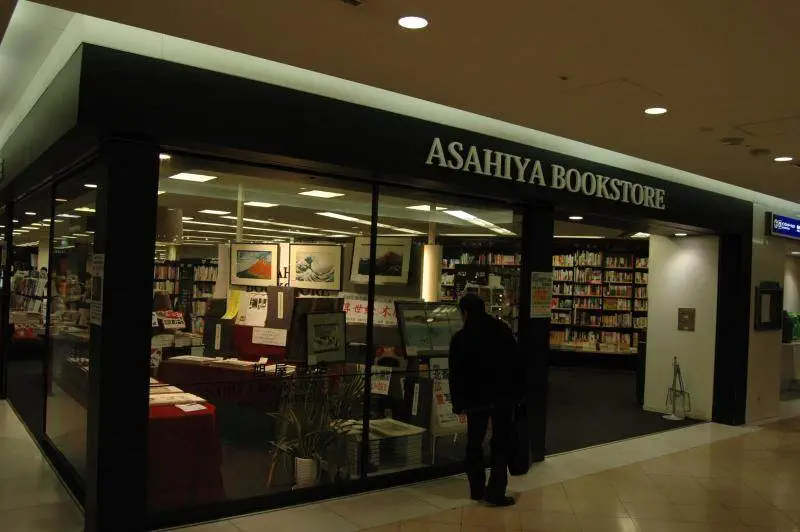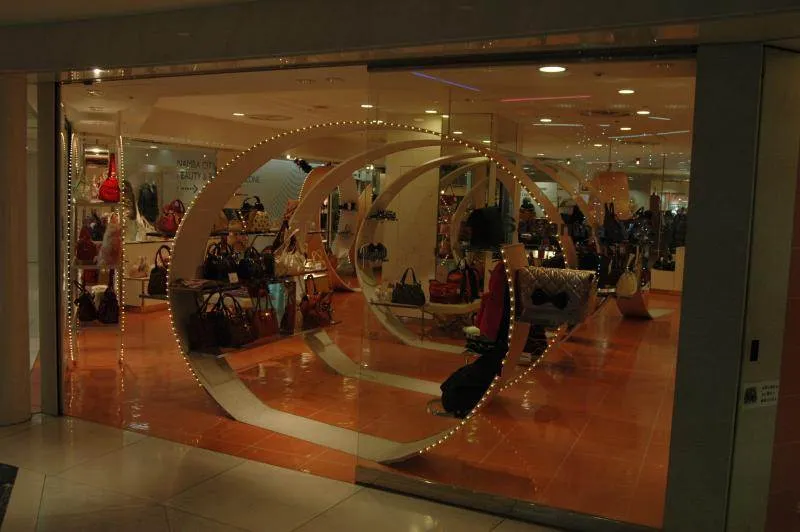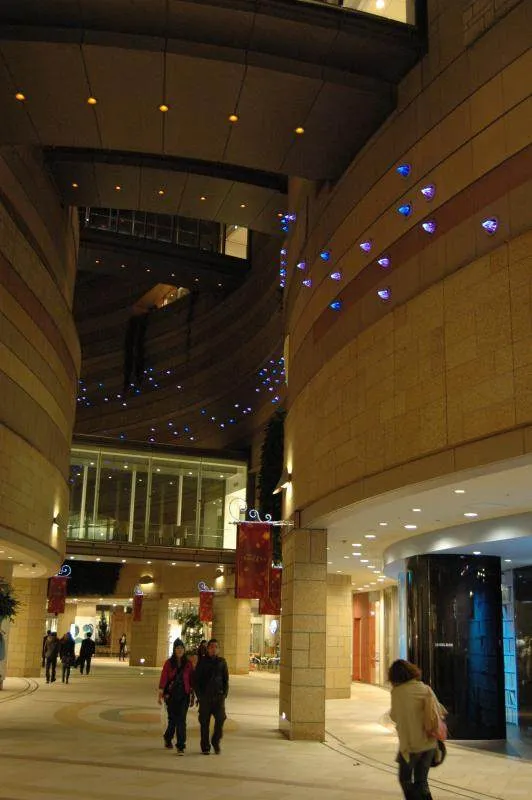
Namba Station could easily be considered the heart of southern downtown Osaka (
Minami, or ‘South’, is another name). On one hand there is all the shopping and eating you’d expect from an area where several subway lines converge, while the other hands holds a large area to walk around and meander around this foreign city. It’s definitely not Seoul – but it would be difficult to tell the differences sometimes.
Navigation can be a real challenge, especially considering the layout. It helps to remember that it’s not just one station – the Osaka subway system has three lines that stop here, along with several private companies including Nankai, JR, Kintesu, and Hanshin. The result is a cluster of subway / train stations, some of which are connected underground.
Start by walking around the underground areas connected to the subway lines – these can easily take hours alone. Plenty of clothing stores – including the Takashimaya department store – are about with moderate-to-expensive prices. A few franchises familiar to Korean expats are also around – but I’ll let you spot those for yourself.
One disappointment was the bookstore – I suppose I’ve been spoiled by the selections at Kyobo or Bandi and Luni’s while in Korea, but the only bookstore in the complex (or anywhere nearby, from what I saw) had only a smattering of English-language books.
Dinner at Kotan Ramen was a highlight – the standard ‘point-and-smile’ approach works across the world if you can’t read katakana or kanji. A local beer by the name of Kirinichiban rounded out the meal – not much different from Korean beers, in my non-beer-snob taste.
Some stores are just as whimsical as anything you might see at the
COEX mall. Expect whimsical to mean pricey, however – and remember that the yen is pretty strong right now.

Finally venturing outside – there are some signs of the holiday season as you might expect for it being late November.
There’s a full days worth of sights here – and I didn’t even get to Namba Parks, another eight floors of shopping and eating. This shouldn’t the only area you explore if you’re in Osaka, but definitely make it one of them.








Nice post, Chris. Osaka is definitely one of my favorite destinations in Japan.
This is a bit nit-picky, but I had a quibble with the following clause:
"if katakana and kanji aren't languages you can read…"
Katakana is an alphabet, and kanji is a character set…they're both ways of writing the Japanese language. Just thought you might want to clarify that they aren't separate languages.
Keep up the good work!
David
10 Magazine
Ah, David, your editor credentials are definitely well-earned. Japanese seems to have more forms of writing a given word than almost any other language on the planet – and I'll admit to being quite unfamiliar with all of them.
With all that said, I've edited the post to reflect a small change. Cheers.
Janku-do and Kinokuniya are the kinds of stores that carry a wide variety of English books. Not every bookstore chain does. Is Korea different in that respect? Must be nice if so.
I actually took Chris' use of "languages" to be metaphorical in the original post, haha. 🙂
(Technically, David is also wrong–katakana is a syllabary, not an alphabet. 😉 Each katakana–and each hiragana–represents a syllable, such as /ta/, /no/, /e/, /ri/, /tsu/, etc. You can't detach the consonants. Hangul is an alphabet.)
@Wintersweet: Most bookstores have a decent to wide variety of English language books. There might be more English textbooks or learning books, but a few are fairly well-known for finding Dan Brown's latest novel – Bandi and Luni's at the COEX mall, the Kyobo bookstore in Gwanghwamun (heart of downtown), and What the Book is entirely English books in Itaewon.